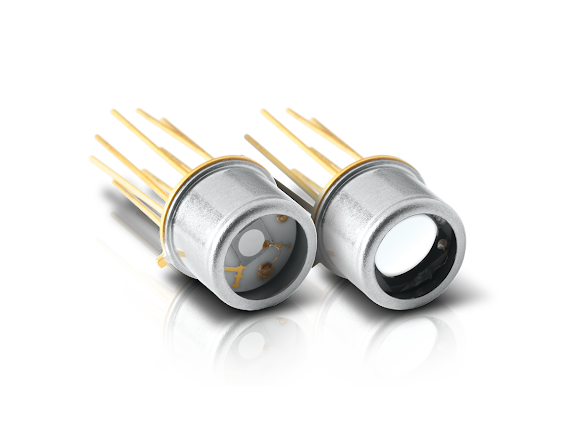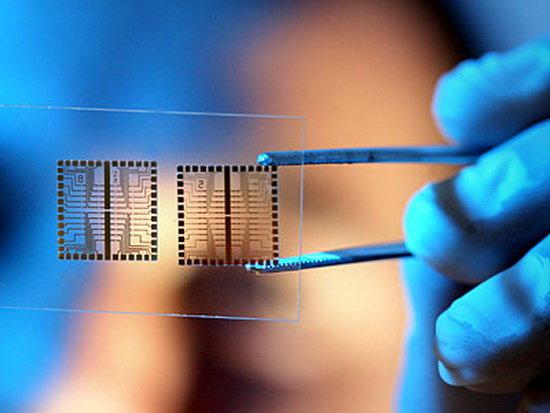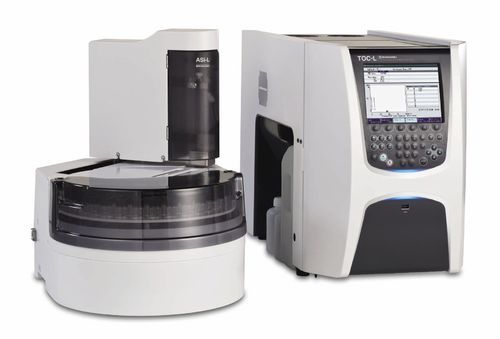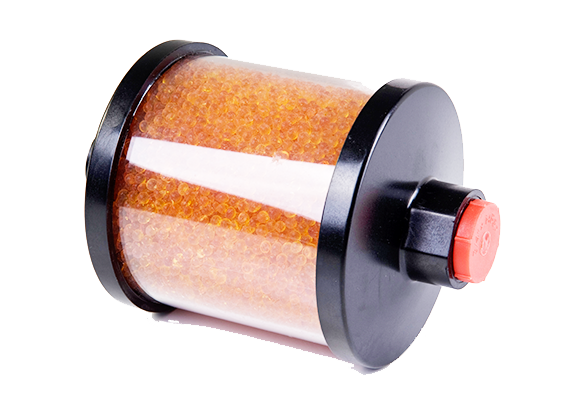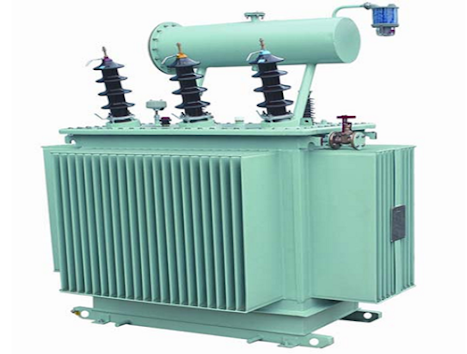Solid State Lighting; a Type of Lighting That Uses LEDs, PLEDs, and OLEDs as Primary Source of Light

Solid state lighting is a type of lighting that uses light-emitting diodes (LEDs), polymer light-emitting diodes (PLEDs), and organic light-emitting diodes (OLEDs) as primary source of light rather than gas, plasma (fluorescent lamps), or electrical filaments. In short, it is technology in which LEDs, PLEDs, and OLEDs replace conventional fluorescent and incandescent lamps for general lighting purposes. Solid state lighting find applications in electronic billboards, traffic lighting, and headlamps for motor vehicles. Solid state lighting offers various benefits, such as small size, long life, superior color, cool beam, low energy use, uni-directional light, ease of control, and high color rendering index. Current challenges with solid state lighting include cost, glare issues, color consistency, power quality, heat management, and system and controls compatibility. However, it is used for a wide variety of reasons in different industries and can be constructed to meet a wide v...
